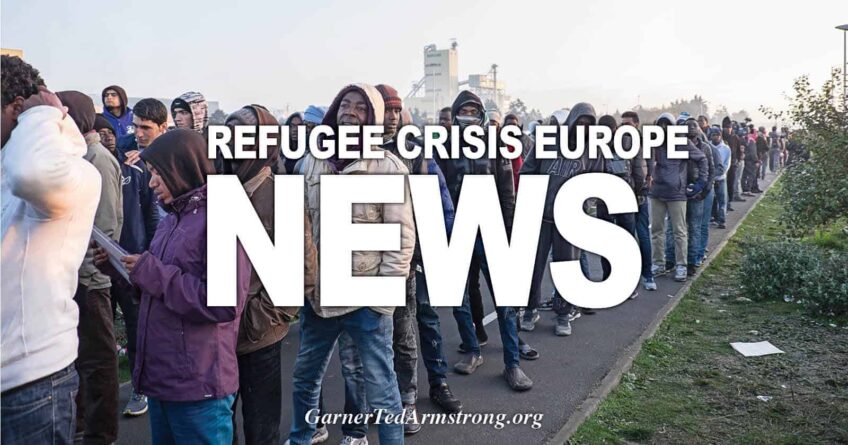
A man receiving a shot of the vaccine against COVID-19 at a mobile NPHO unit at Kara Tepe camp on Lesvos island, Greece | Photo: ARCHIVE/EPA/VANGELIS PAPANTONIS
According to the European Centre for Disease Prevention and Control (ECDC), COVID-19 hit migrants the worst in Europe and this is the category that is now also the least vaccinated. Migrants especially in Denmark, Norway, and Sweden had higher rates of infection than the rest of the population, while in Italy and Spain they show a higher likelihood of needing to be hospitalized.
Migrants typically live in more crowded accommodation, engage in work that is more susceptible to infection, and often do not have access to healthcare services if they are undocumented. These are some of the reasons that led to COVID-19 hitting some groups of migrants harder. Migrants are also the least vaccinated among the population.
Assessing the situation was the European Centre for Disease Prevention and Control (ECDC) in its latest report on how to reduce infections and increase vaccinations among migrants.
The data presented last week shows that, for example, in Norway migrants accounted for 42% of all COVID cases, 26% in Denmark, and 32% in Sweden.
In Italy and Spain, migrants are more likely to need hospitalization.
ECDC figures
On Italy, ECDC cited, in particular, a study on the country in relation to the period between 20/2/20 and 19/7/20, which showed that 7.5% of all COVID cases were of non-Italians and that this group received late diagnoses and were more likely to need hospitalization and intensive care.
A study in Spain found that 16.6% of cases were of non-EU nationals, who were more likely to be hospitalized in intensive care units (16.6%) than EU nationals (9.6%). In addition, in the UK, the Netherlands, France, and Spain, migrants had higher death rates for all causes compared with the rest of the population and previous years.
Several clusters of infection were found in migrant camps and reception and detention centers in Europe.
For example, in Greece, some 25 clusters were found in facilities for refugees and asylum seekers, and the risk of infection for these people, compared with the rest of the Greek population, was 2.5-3 times higher.
The weight of restrictions and lockdowns had a greater effect on migrants as well, who are often employed in the frontline of riskier jobs, such as in the healthcare sectors, as carers for the elderly, in delivery services, and transportation and are at greater risk of losing their jobs and income, as well as having their asylum and family reunification processes stalled.
Minimize infection risks
ECDC said that it is essential to minimize the risk of infection and to give migrants better access to healthcare and vaccination services — especially for those who are excluded from public healthcare — as well as work to increase confidence in COVID vaccines.
Many ethnic minorities (such as people of color in the UK, where 72% say they do not want to take the vaccine) are reluctant to get vaccinated.
To do so, the report notes, it is necessary to provide accurate information to counter disinformation and provide vaccine points for unregistered migrants and alternatives to detention if basic self-hygiene and social distancing cannot be ensured.
Source: https://www.infomigrants.net/en/post/32760/more-covid-cases-and-fewer-vaccines-for-eu-s-migrants
[Disclaimer]








